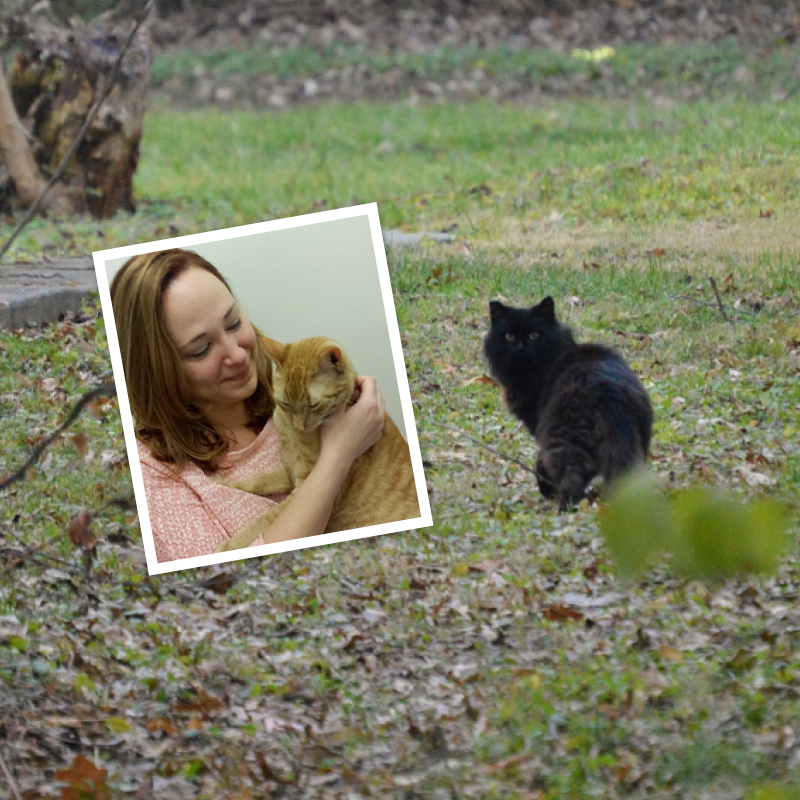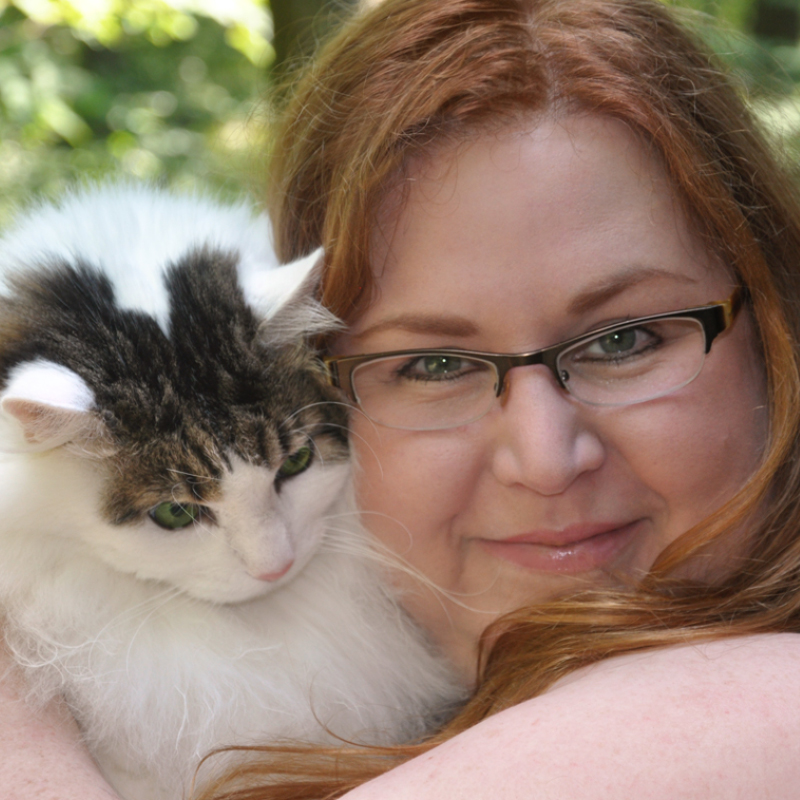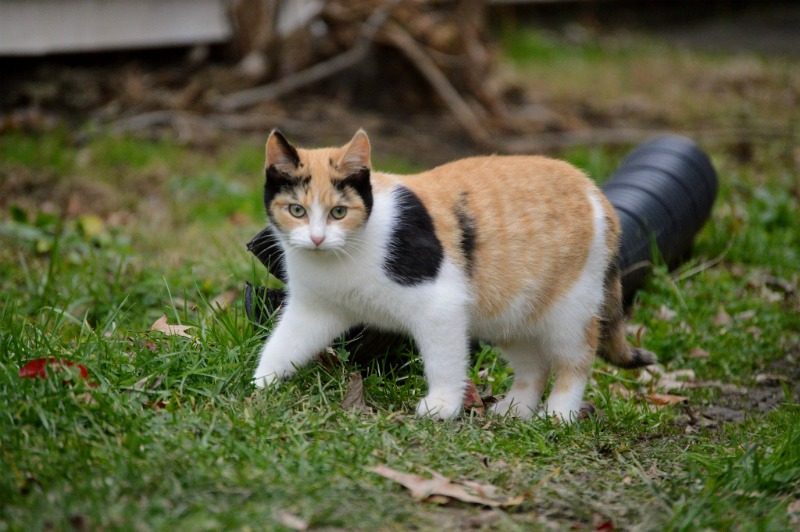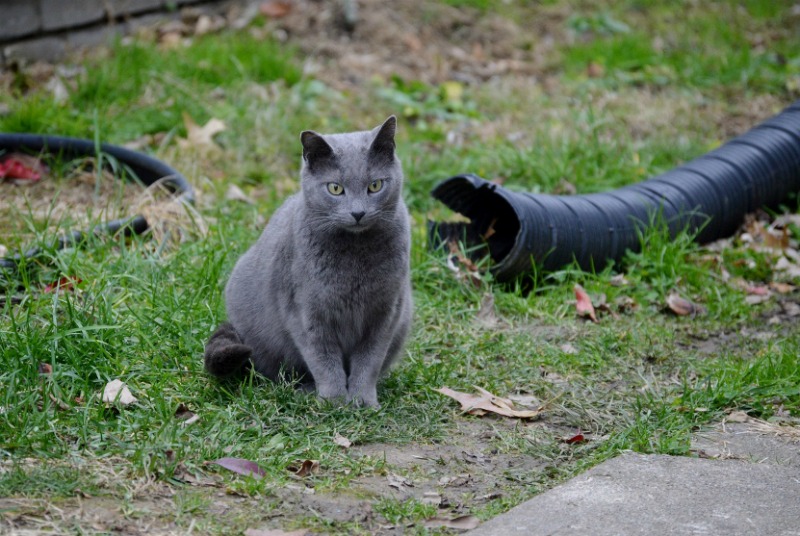
Interview! Rebecca Jewell, Executive Director of the National Kitten Coalition
April 29, 2017
Interview! Robin Olson, Blogger at CoveredinCatHair.com and founder of Kitten Associates
May 2, 2017
It seems like this month has been filled will lots of conversations about the word “No-Kill” and what it means. How will all of the data that we are collecting to create a country full of No-Kill shelters impact the overall wellness of our communities for Community Cats? So, when it comes to No-Kill Shelters Versus No-Kill Communities, which one really tells the whole story?
I have always been concerned about our intense focus as a profession on the statistics that come out of shelters. Whether it is Asolimar or Shelter Animals Count or any other number of statistics that we have used, I worry that this data makes the “tail wag the dog”. In other words, shelter behavior seems focused on how things will show in the numbers, rather how an action will affect a community.
I had a very interesting interview with Mike Fry this week from No Kill Learning. He said “You can’t have a shelter at No-Kill without a strong TNR program in that community”. It was such a simple statement, but one that I really hadn’t thought about. I am always thinking about collecting the exterior data and cats don’t get recorded in the shelter data. But is it important? I wonder if this is true!

No-Kill Shelters Versus No-Kill Communities
New Hampshire became one of the first states to have really high save rates in the mid 90’s, when the shelters had to report their statistics annually. Because of this, many of the smaller groups were upset because larger shelters suddenly became limited admission. They didn’t have programs for community cats and turned these cats away.
It wasn’t until the 2000’s when these smaller TNR groups began to grow. Spay/neuter clinics developed that wanted to assist in TNR for ferals. But still, there were challenges for the semi-feral kittens in the New England States. Some would say that many cats are still “Being Left Behind”, as shelters continue to focus on keeping their numbers low.
There are also communities that don’t have a shelter of any type, especially in rural areas. If an area doesn’t have shelter data does, that mean it is No-Kill? Some would say no. Animals are potentially suffering and need assistance and other areas are very successful in helping cats. But how do we identify these communities without shelter data?
As you can see, I am going back and forth on this issue! Do you think it is the best path to take with the focus on high save rates in our shelters? Is this the low hanging fruit to solving overpopulation? We need to figure out and establish what it means to have a No-Kill Community.
I am perplexed and would be interested in knowing your thoughts! Comment now on our Facebook Page!
As we approach our 1 yr anniversary we want to find out more about you and what you are looking for with the community cats podcast and our programs. Please fill out out the survey by May 15th and enter a chance to win a $50 gift card from Amazon.




